Devotion – Part 4: Italy
Chapter 9: San Gimignano: Prestige, Providence & Production
By Patrick Soricone, Guest Contributor
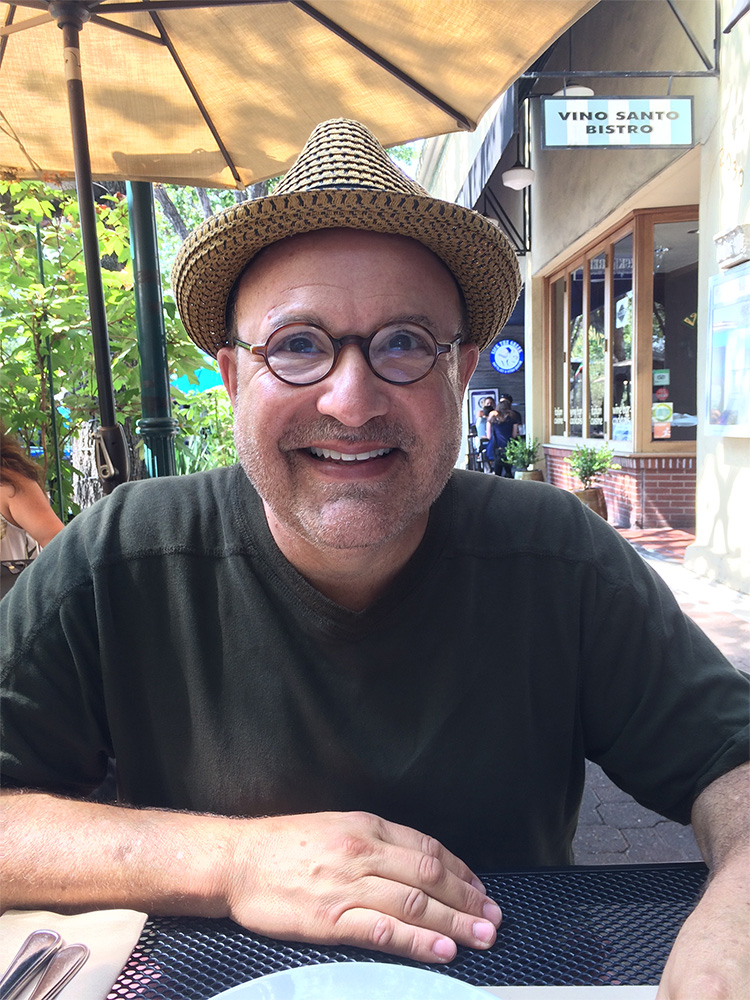
Patrick lives in Bologna, Italy
As you approach the town, it is impossible to not be captivated by the 14 towers of the walled town of San Gimignano, which rise up like a medieval mini-Manhattan. Originally an Etruscan village, which according to legend was founded in 63BCE by two patrician brothers escaping Rome after their involvement in the unsuccessful Catiline Conspiracy. The settlement was eventually named after the bishop of Modena, San Gimignano, who is said to have saved the city from Attila the Hun. It became an official local government in 1199, prospering in large part because of its location on the Via Francigena (the main pilgrim route from France to Rome to Apulia, from where ships sailed onto the Holy Land).
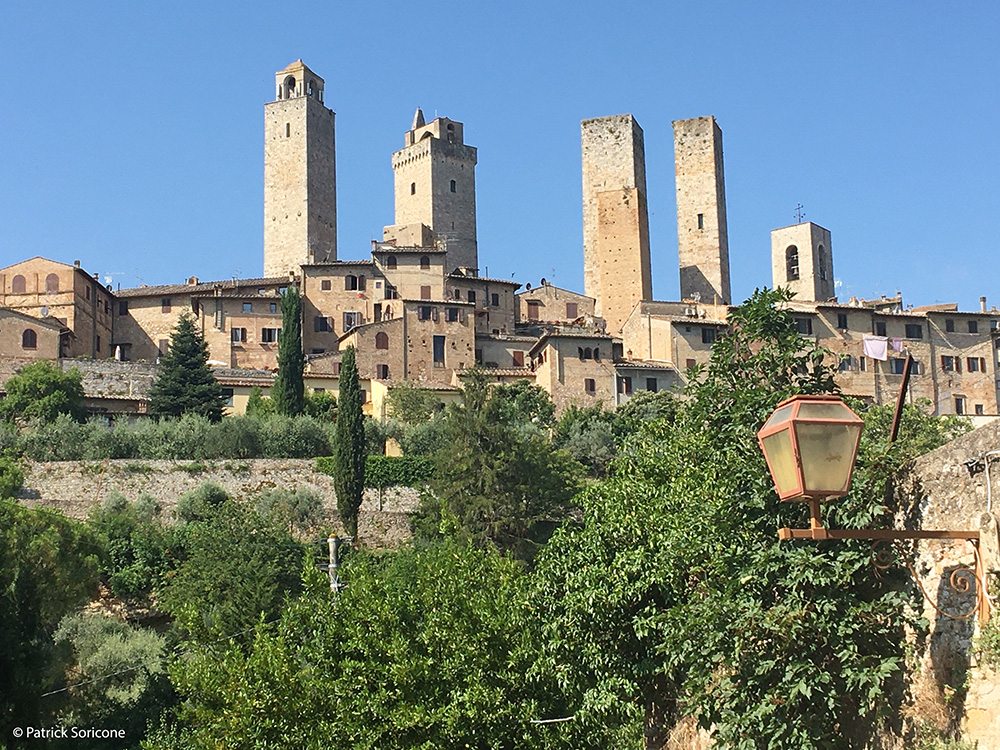
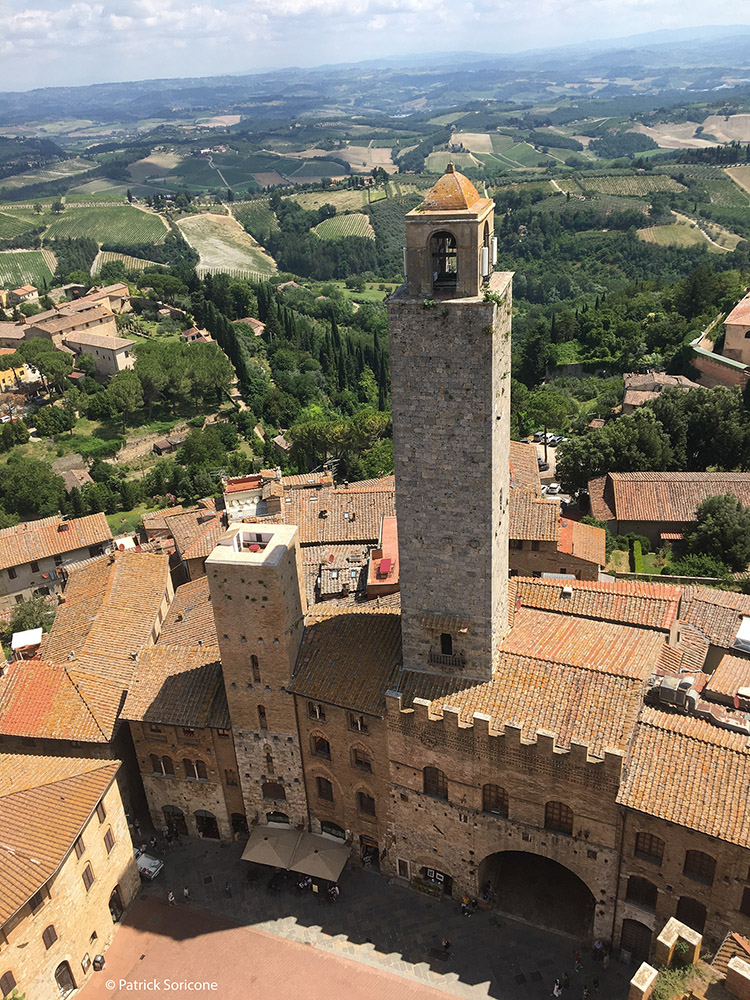
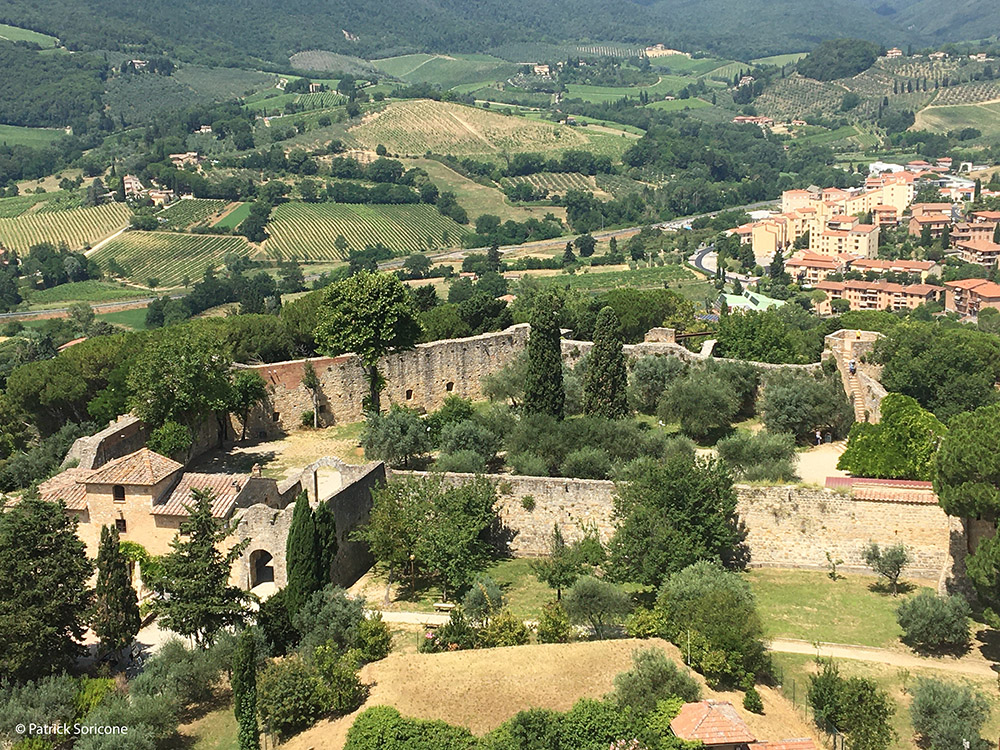

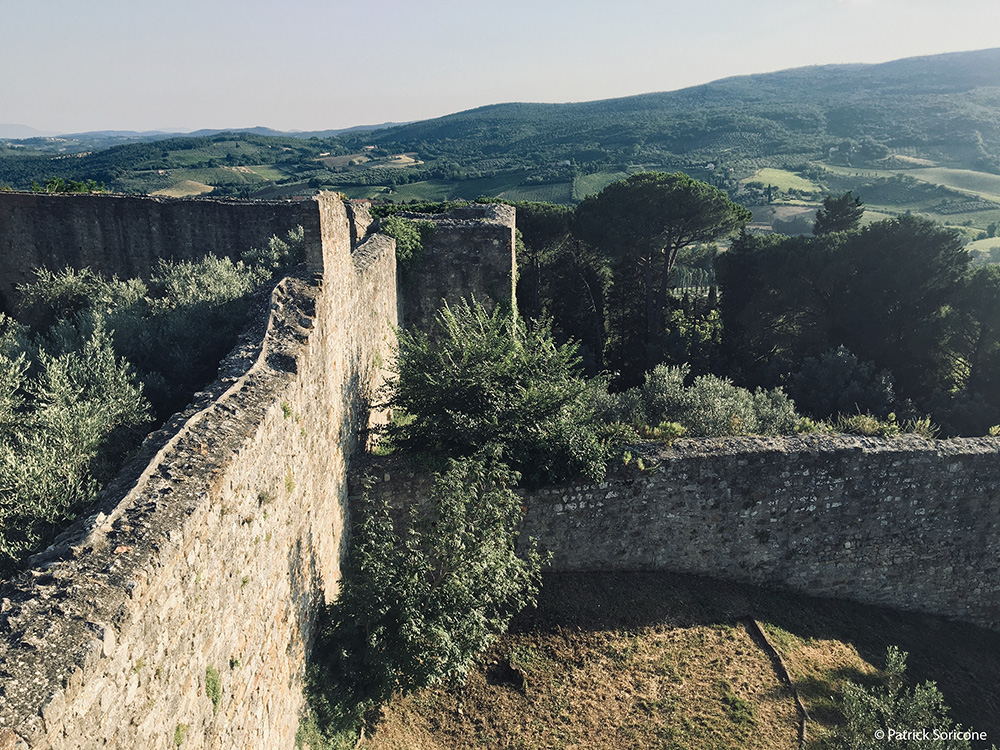
This is a town noted for evolving devotion: in the 12th-14th centuries to the prestige gained in often less-than-friendly neighborly competition, throughout its history to a belief in the intercession of divine providence, and now in the modern era, to the production of one of Italy’s most important and unique grape varietals.
It took the coronavirus pandemic to deter the annual swarm of 5 million visitors from coming to this town of 8,000 residents. Our visit in early July 2020, was almost eerily devoid of the tourist hordes, who are understandably lured here by a breathtaking sense of history, magical medieval streetscapes, outstanding cuisine in local restaurants, delicious Vernaccia wine, and an enchanting, quintessentially Tuscan hilltop setting.
Medieval Manhattan
Building a tower taller than one’s neighbors (there were originally more than 70) became a popular way for prominent families to flaunt their power and wealth during the 12th to 14th centuries. This was the chosen means of expression of aristocratic rivalry among the feuding nobles.
The towers symbolized prestige and supremacy, and celebrated economic and/or military victories over other families: the higher the tower, the more powerful its owners were considered.
Meanwhile, the losers stood by as their towers frequently had their tops irreparably chopped off. So, thanks to a history of internal power struggles, the city became a sort of medieval Manhattan. It was these towers and the intact streetscapes of the Centro Storico that brought UNESCO World Heritage Site status in 1990.
The booming years came to an unfortunate end when in 1348, a brutal plague wiped out much of the population and drastically weakened the local economy. Apparently pleas for divine intercession went unheard. This resulted in the town's eventual submission to Florence in 1353. And the town never recovered its prominence.
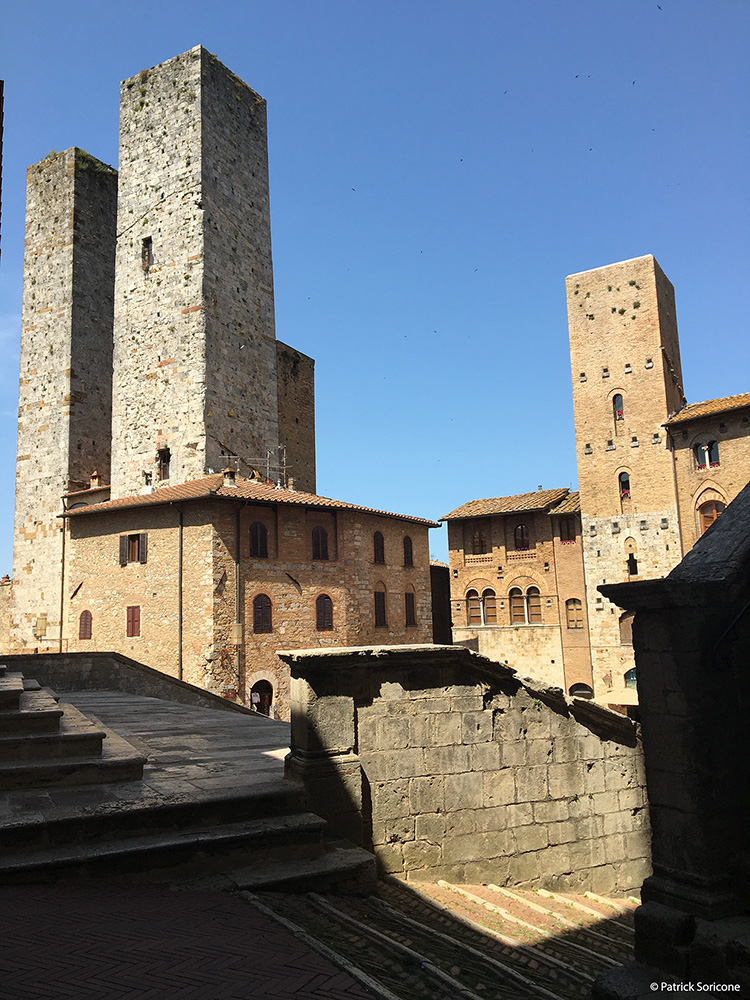
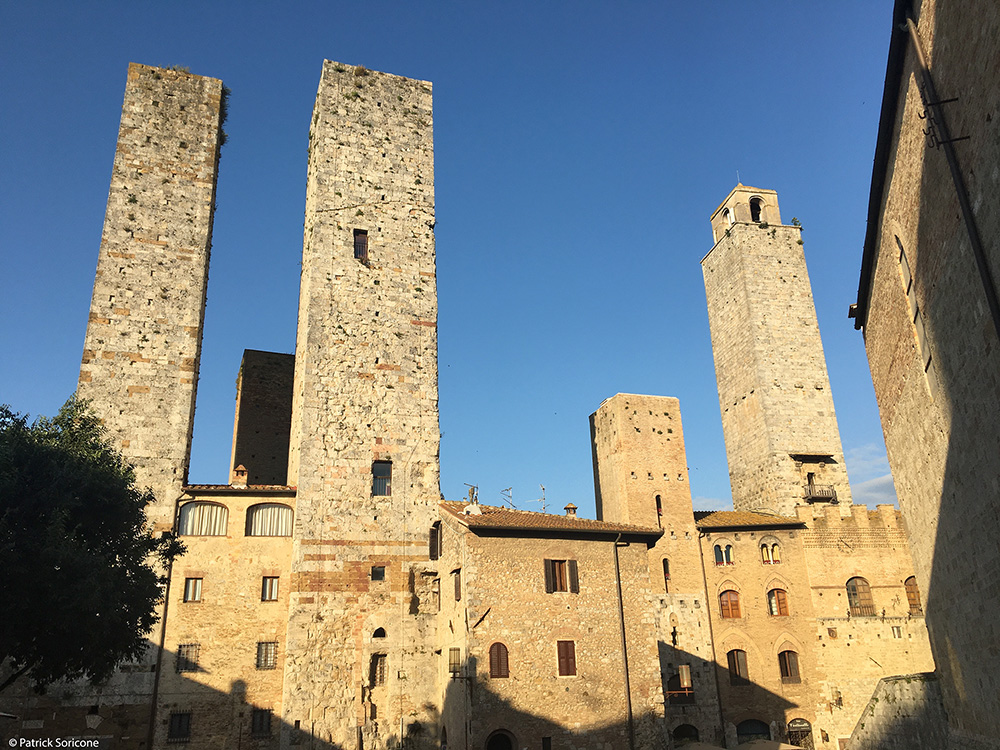
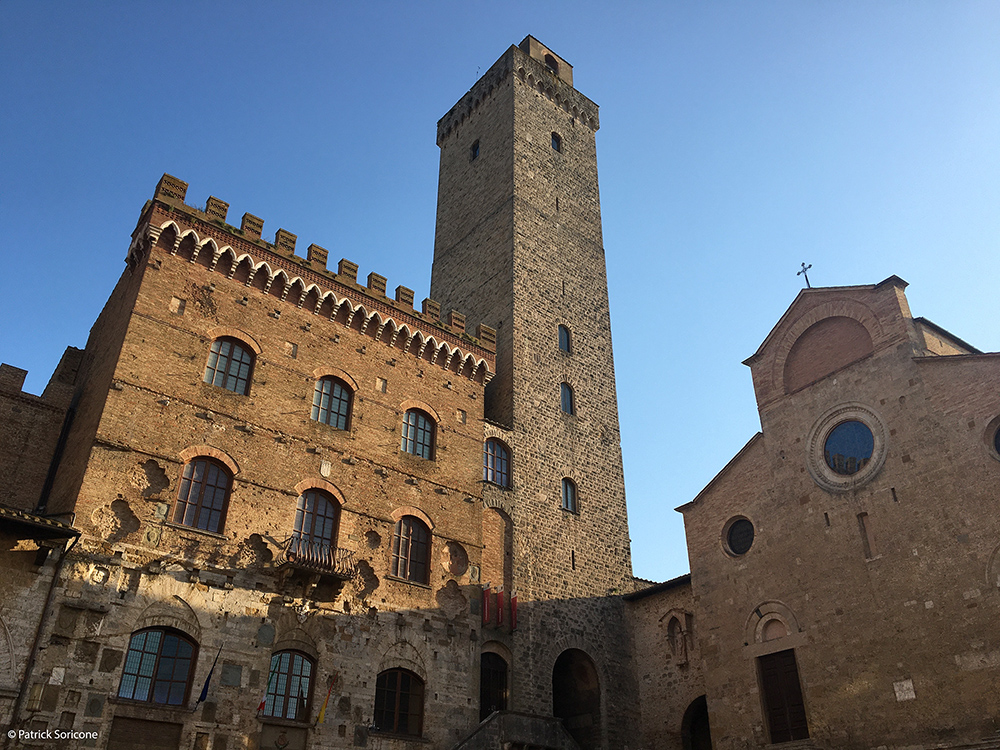
Porta San Giovanni
This main entry to the old town was built during the 13th century, and its peculiarity is the external segmental arch that is surrounded by a guardroom that is supported by six hanging arches. Next to the guardroom, on the left of the observer, there is a small bell tower that surrounds the right nave of a 16th century church, "La Madonna dei Lumi" that nowadays is almost completely destroyed.
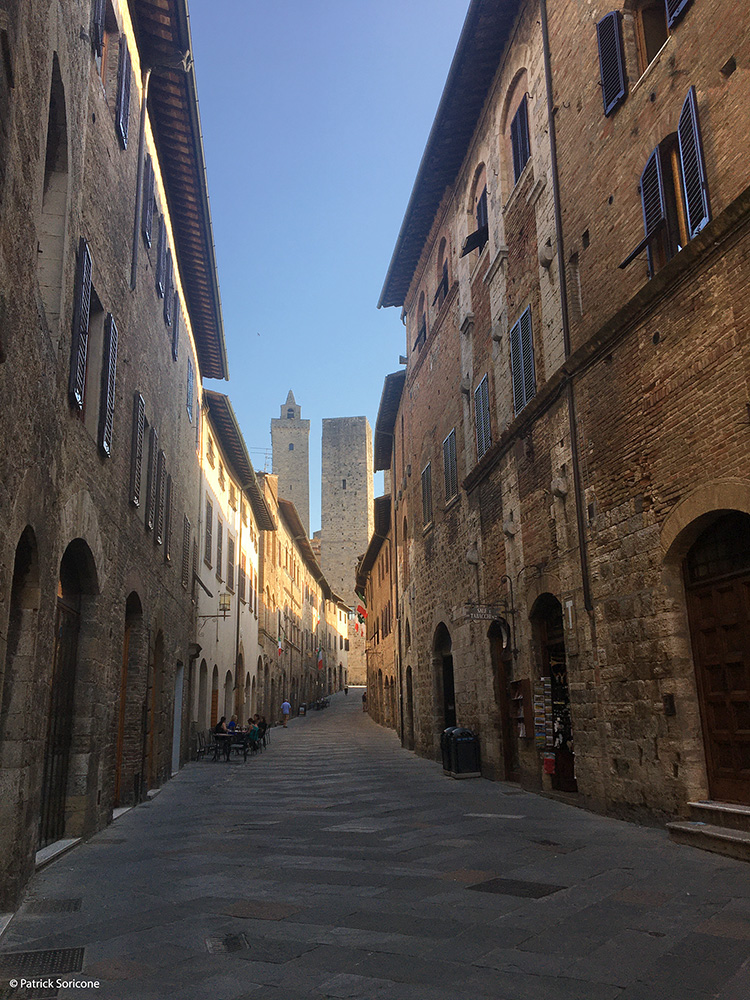
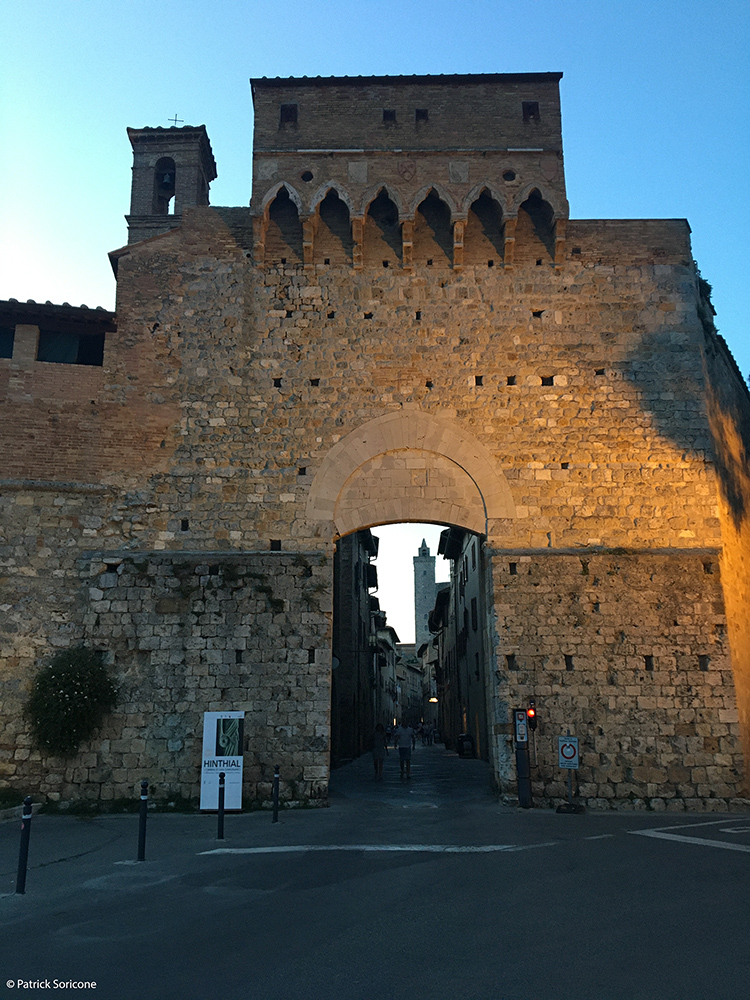

Piazza della Cisterna
The main town square has a magical atmosphere transporting visitors back in time. It was originally lined with workshops and taverns. In the middle there is an octagonal travertine well built in 1273 that gives the square its name. Ancient buildings and towers alternate in perfect harmony all around the square, complementing the red brick pavement with irregular triangular patterns.
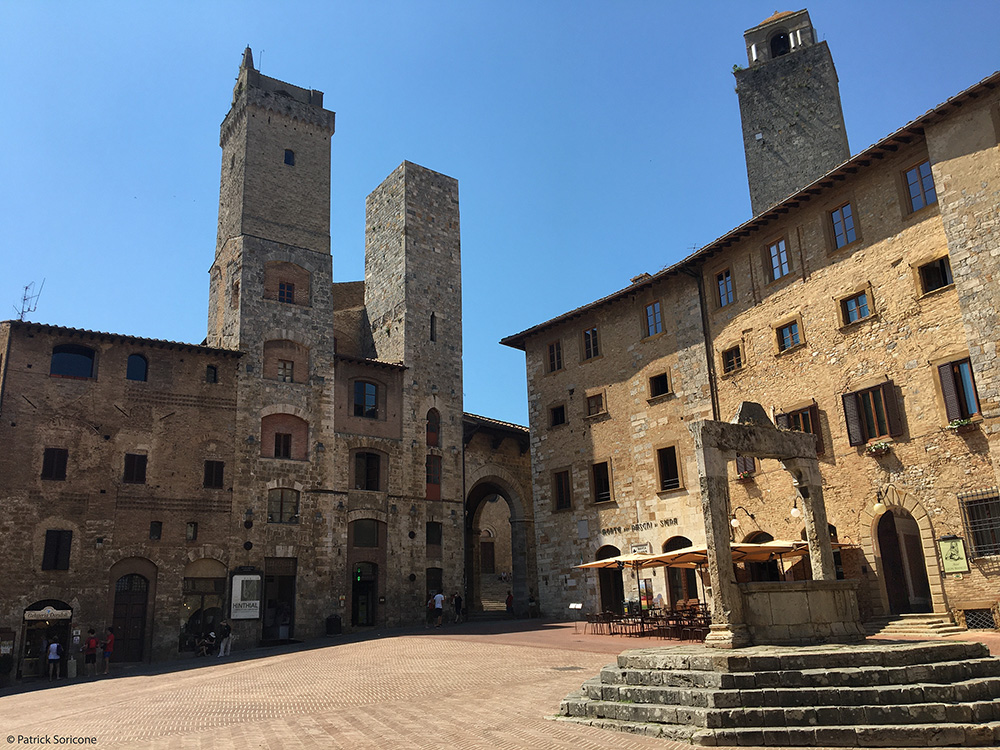
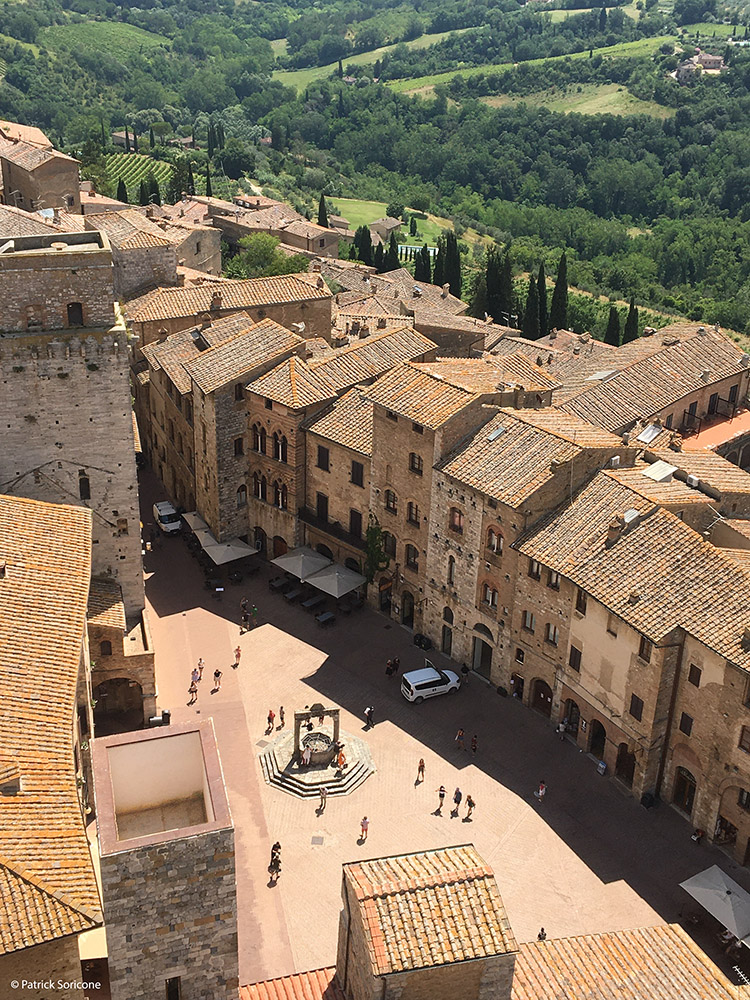
Basilica di Santa Maria Assunta
The Cathedral of San Gimignano, also called the Duomo or the Collegiate Church is one of the most significant monuments of the city. The internal space of the church is punctuated by fourteen classic Tuscan stone columns. The walls of the church are entirely covered with frescoes that tell the stories of the New and the Old Testament painted by illustrious painters of the Sienese school of the 14th century. The interior also retains the polychrome decorations typical of medieval churches, such as the magnificent cross vault painted in blue and the intrados of the arches that separate the naves, decorated with a band motif typical of the Tuscan taste.
In the Cathedral is a jewel of the Renaissance, the Chapel of Santa Fina. This masterpiece is dedicated to the dearest saint in San Gimignano who, struck young by a serious illness, wanted to lie for the rest of her days on a wooden table which, at the time of her death, blossomed with yellow violets. It is believed that thanks to divine providence, the violets of Santa Fina bloom each March in the middle of the hard stones of the towers that make up the famous profile of the medieval city.
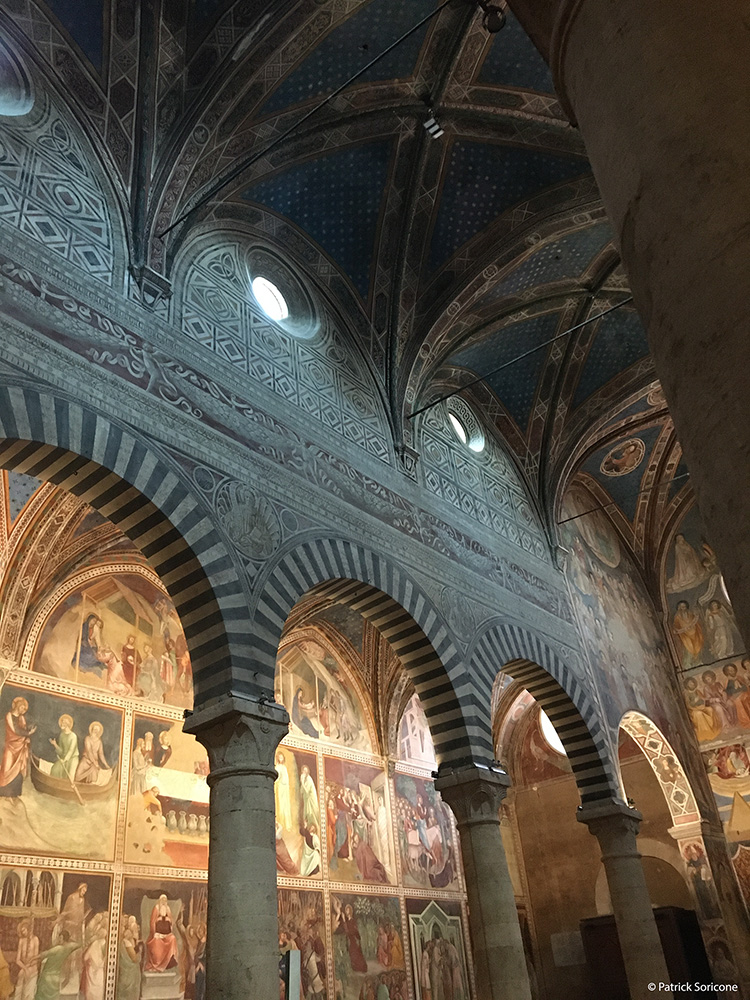
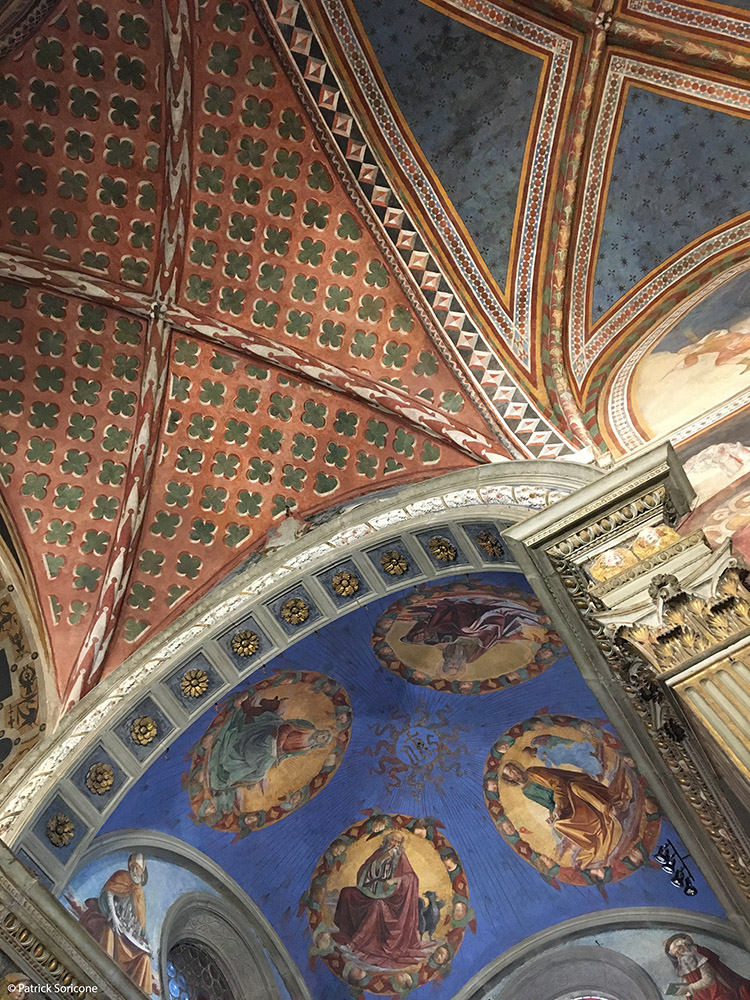
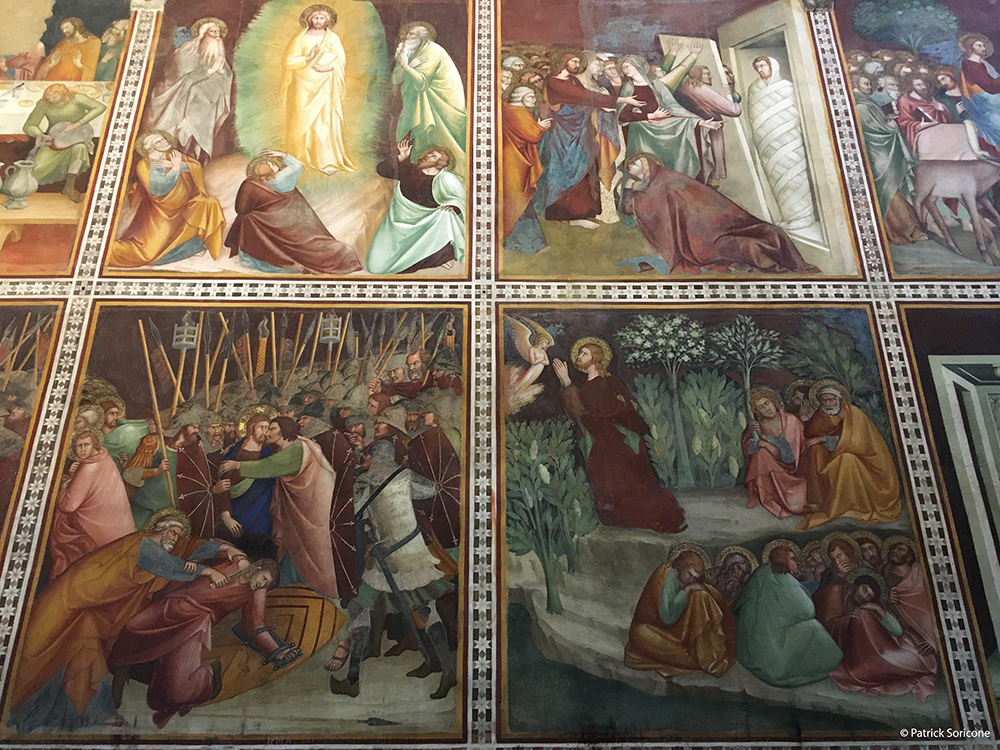
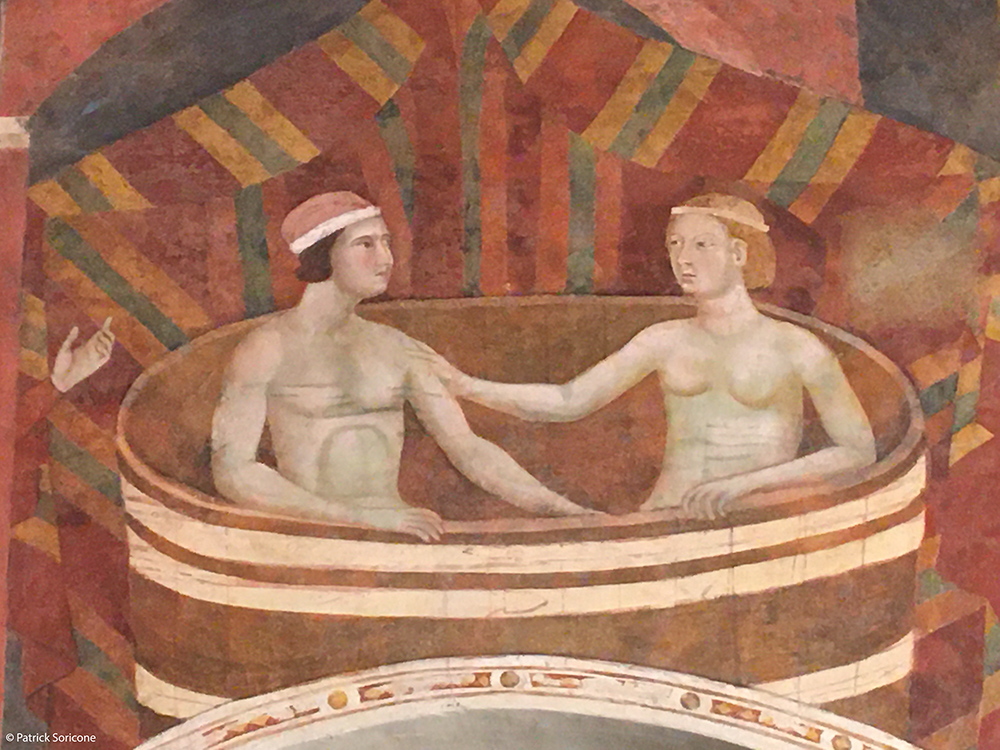
Chiesa di San’Agostino
In the church of Saint Augustine, the artist Benozzo Gozzoli created a votive fresco commissioned by the Augustinians following the 1464 plague that struck the town. The fresco is quite unusual compared to traditional representations in which Saint Sebastian is always clad only in a loincloth (sometimes with an homoerotic pose), his body full of arrows, and tied to a tree or column.
Here, the Saint is shown standing on a pedestal supported by angels and dressed in a tunic tied at the waist and a large cloak opened to protect the population praying at his feet, as indicated by inscription on the pedestal, which reads SANCTE SEBASTIANE INTERCEDE PRODEVOTO POPOLO TVO. It seems that townspeople urgently wanted to acknowledge Sebastian for coming through during this plague, as this major fresco was completed in just a few months.
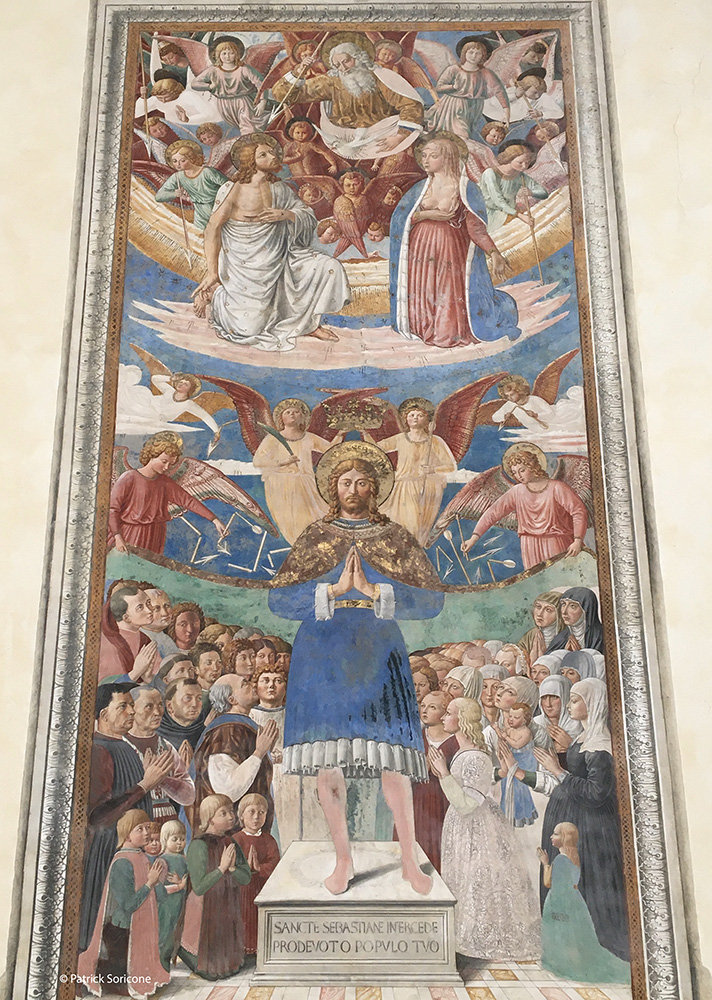
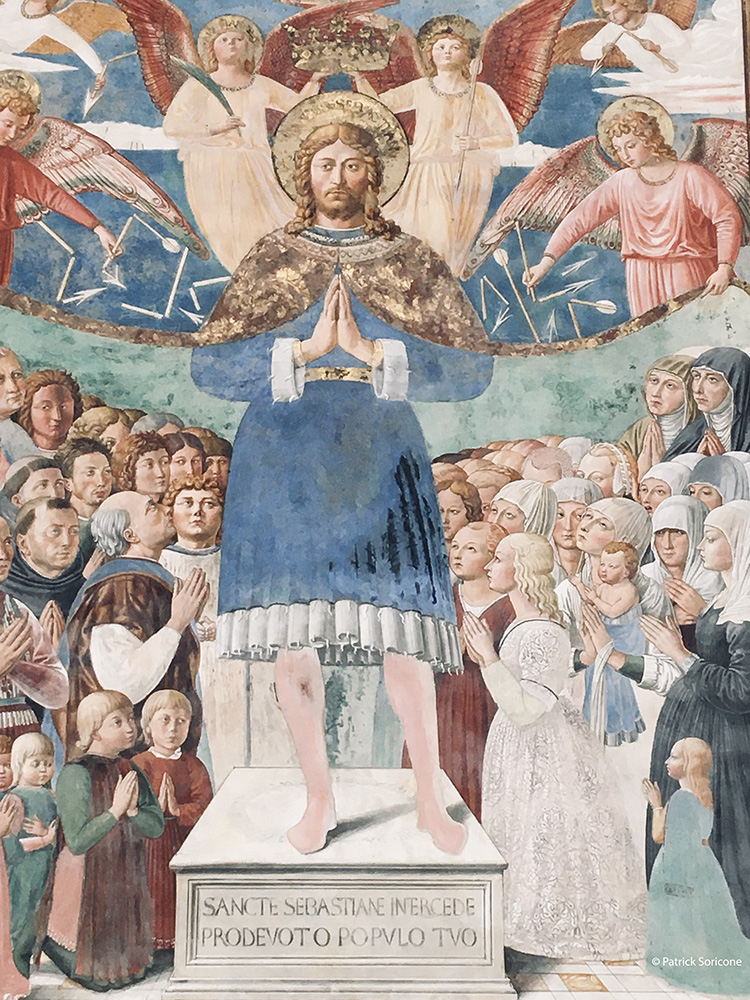
Ferie delle Messi
During this festival usually held in mid-June, the town dresses up in flags and banners in a whirlwind of shimmering colors. People celebrate the harvest with songs, dances, games and jousts -- fights on horseback among champions armed with wooden clubs. Originally, it was a fertility festival dating back to 1255. At that time, the whole population took part in the event in which the four neighborhoods of the city - San Giovanni, San Matteo, Castello and Piazza - competed against each other in traditional games in honor of fertility.
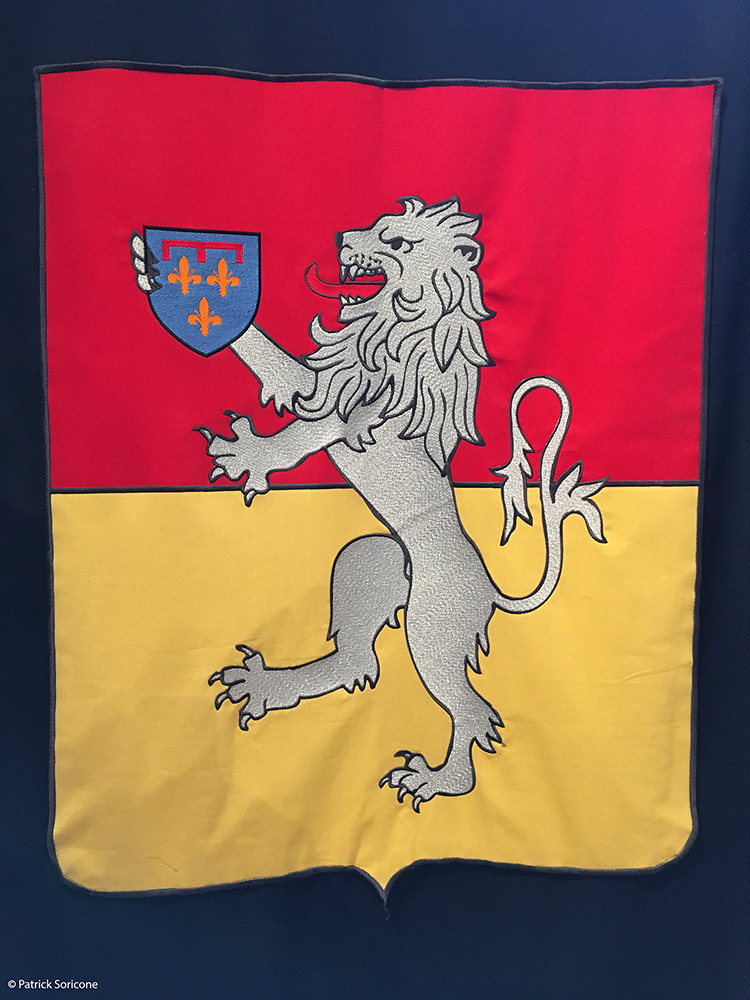
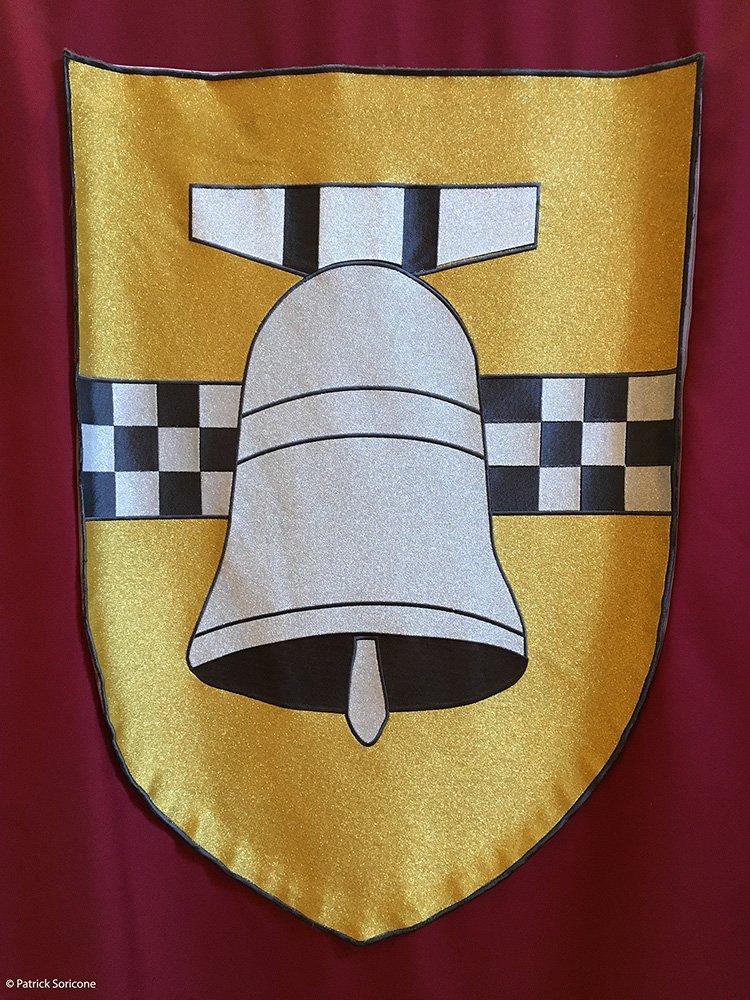
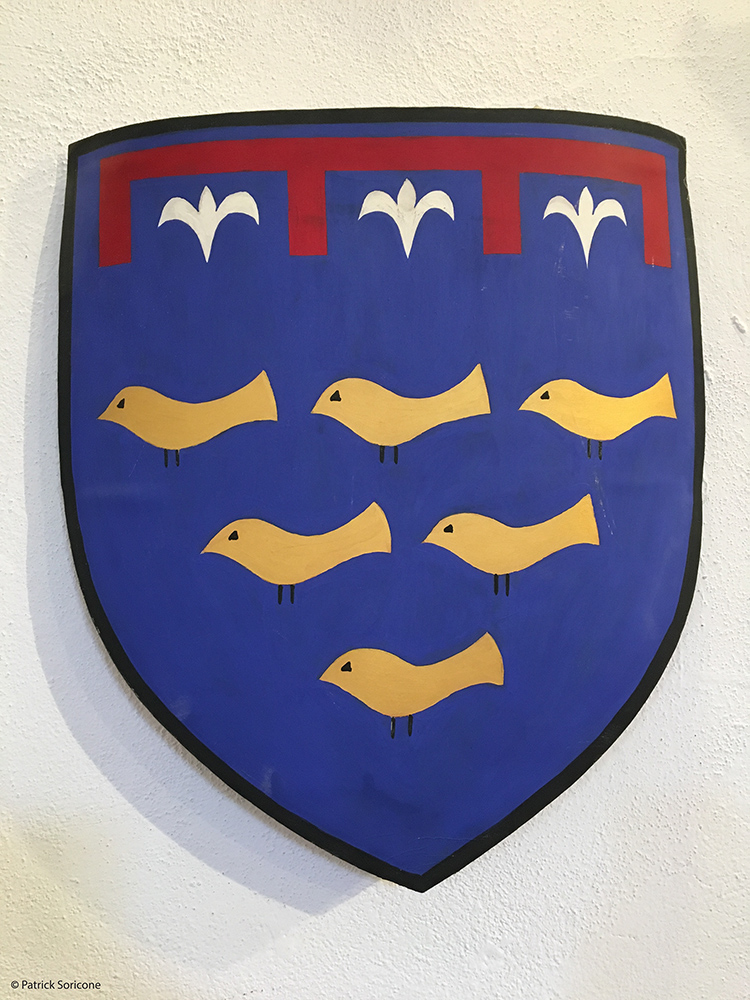

Vernaccia di San Gimignano
You must not leave San Gimignano without sampling its most famous and flavorful product: the prize-winning wine, Vernaccia, one of the most ancient wines in Italy. It was one of the first in the country to obtain the label “Denomination of Controlled Origin” (DOC) back in 1966.
It’s been made since medieval times and declined along with San Gimignano until after WWII when its production was revived and became famous again. Even Dante speaks of it in the Divine Comedy, when he refers to seeing among those being punished for gluttony Pope Martin IV, who couldn’t get enough of Bolsena eels drenched in Vernaccia. And in 1541, Pope Paul III’s bottler, when ordering 80 flasks of the precious wine from the city, complained that San Gimignano paid far too much attention to art and science and not enough to Vernaccia.
Today, total production is about 5 million bottles a year. The Consorzio della Denominazione San Gimignano, is a consortium which brings together all winegrowers producing Vernaccia di San Gimignano DOCG.
According to the Consorzio, “characteristics of the wine are a straw-yellow color with golden nuances. Vernaccia boasts an elegant and delicate bouquet, with fruity and flowery notes”. Over time it “develops its typical mineral nose of flint. On the palate it is a dry, harmonious, flavorful and pleasant wine, with a typical almond after-taste”. Vernaccia pairs perfectly with fish, white meats, vegetables, Tuscan ham, and many summer dishes.
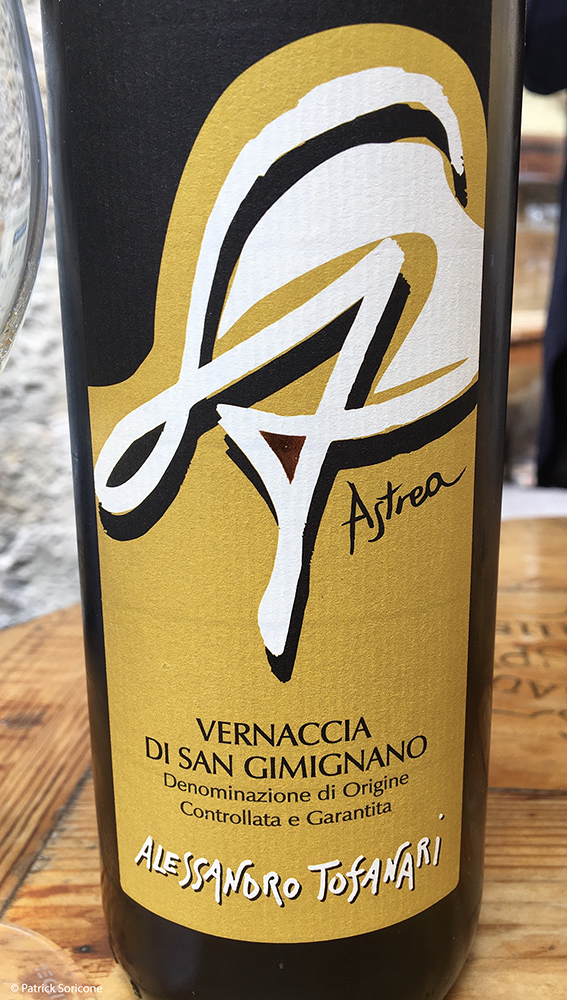
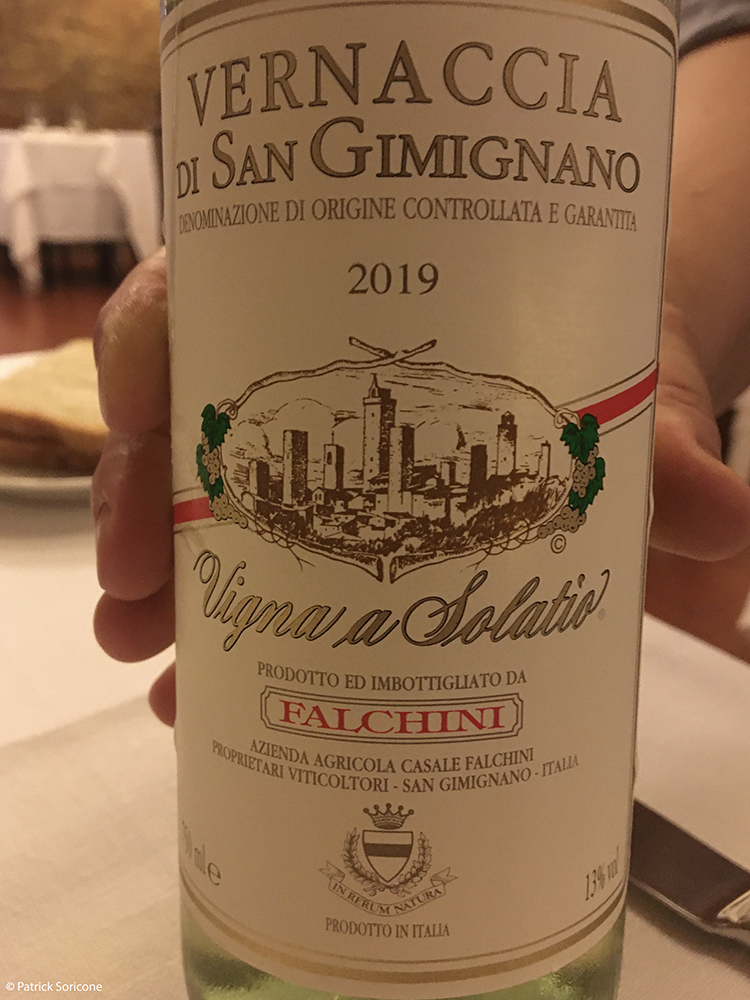
Higher resolution images of this chapter can be accessed directly in Galleries by clicking HERE.
I want to thank my Italian friend for this chapter. You will have the opportunity to read more and see more pictures from Patrick in a few weeks. Next week we head to Siena, one of Italy's most storied comunes. See you then.
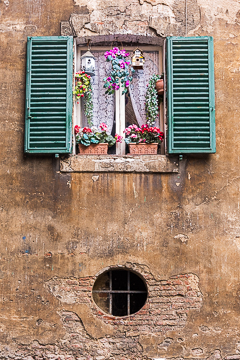

December 09, 2020
Chapter 10: Siena & Volterra
Tuscany is a region in central Italy that borders both the Ligurian Sea on its northern half and the Tyrrhenian Sea on its southern half.